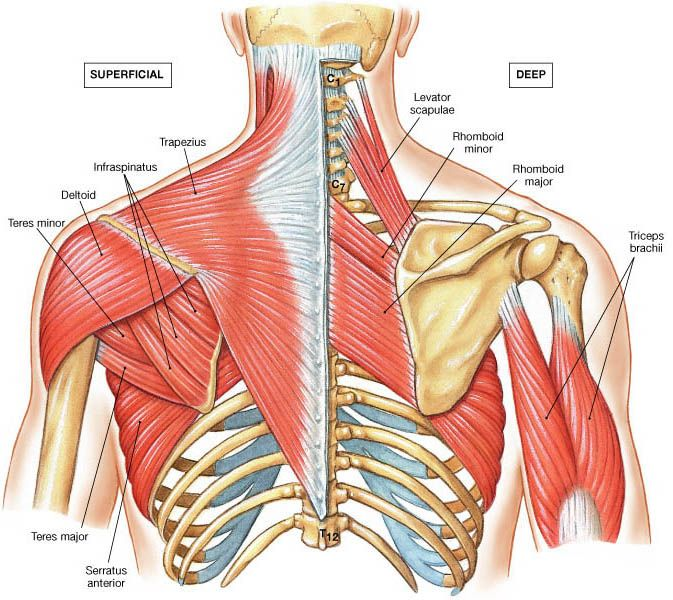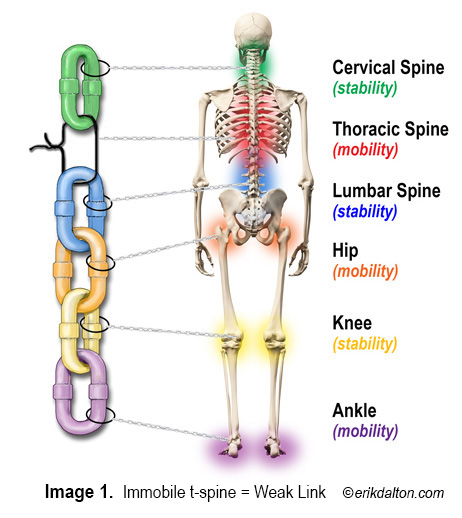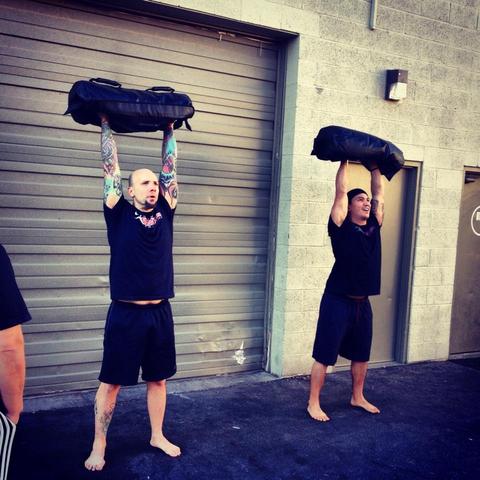How to Make a REAL Difference in Shoulder Mobility
2019-03-1
When something becomes popular we assume it is good. I often find myself talking like an “old man” because when you have done something for 20 plus years, you have seen all sorts of trends come and go. Don’t get me wrong, I am MORE for innovation, but I’ve learned especially in the modern age of social media, popular and good aren’t the same thing. A great example is all that is made of bad shoulders and being able to press well without pain in the shoulders.
Usually when it comes to the shoulders, we can find A LOT of people with problems. Heck, the biggest issues we hear from fitness professionals and strength coaches about our Clean and Push Press test is that people have problematic shoulders. If you think this is just because we sit a lot and work in offices most of the day, this shows you that it isn’t really the case.
That is where we see usually two parties come to the rescue. One camp will typically give a long dissertation on the anatomy of the shoulder. Hey, there is nothing wrong with knowing what the muscles are that make up your body or the structures. The issue arises comes in thinking that these areas work alone. If we look at the anatomy of the body, we see that the shoulders are really a function of the core, hips, and even feet.

If you think about it, everything comes from the ground up on our body. That is why experts like Gary Gray have their Chain Reaction approach and others like Mike Boyle and Gray Cook have the Joint by Joint Approach. Both are about showing how an issue coming from one part of the body impacts another. Even though both have some differences, they both start from the feet up!

Therefore, going to town on “shoulder specific” drills doesn’t actually help us fix the overall issues, if we don’t face what is happening with the body as a whole! That leads us to the other camp that simply avoids what hurts and finds exercises that one can do. Heck, that doesn’t sound like a bad idea at all right? Well, it can if we aren’t addressing the true issues once again. Let me give you a real example.
Landmine presses have become all the rage because they don’t hurt people’s shoulders. Coaches often think the reason is that it is an easier angle upon the shoulder. Well, it is a less demanding position of mobility for the shoulder, but is it better? How do I mean?
The BIGGEST reason landmine pressing doesn’t bother problematic shoulders is that as you press the weight up, the weight gets lighter. Look at the leverage of the weight, follows a path as the weight gets more vertical, it de-loads on the body. The issue is that this is OPPOSITE of what happens when we press both vertically and horizontally.

Let’s look at a push-up, when you are at the top position you are still bracing hard through the body. The reason you feel stronger is that the arms are locked and we are stronger when our joints lock because it causes tension through the chains of the body. However, we are bearing a lot of load even at the top of a push-up.
Same thing going overhead. When we go overhead with a weight, the press creates a lever arm on our trunk so it makes our body have to work very hard when the weight is fully overhead. That is why overhead pressing has been shown to be better for the core than deadlifts and even squats.
You see then, using a landmine may make us feel good but it won’t actually solve the issues of problematic shoulders. What is the answer? We want to follow the principles of good movement and if we start here we can’t go wrong.
Jessica shows a common landmine press and better options with these functional training tools
Feet First: When I was doing strongman the way that someone with a bad back like me, could compete with guys who could lift more in the gym was being smarter about the body. As I pressed my body down to lift the weight up (that causes the whole body to brace and be strong), my competitors tried to lift the weight up (they used just parts of their body and lost their core).
Grip Is Key: There is a positive correlation of grip strength to rotator cuff health. That should be a great reason for us to use our hands and create tension in our hands. How we create that tension is really important because the grip also connects to our core. When we grip properly we connect to the lats and core too! This helps not only with the core, but shows our connection to our glutes too.
Press from Feet & Lats: This all means that when we do any sort of press we want to think of the hands and feet to create the movement. In order to do so, we have to have the right angles of our body and teach people how to accomplish these goals. That is why this video from DVRT Master, Cory Cripe, really goes for all sorts of pressing and makes what Jessica and I show are really powerful in making a difference in the shoulders!
Don’t miss the last 24 hours to save 35% on our DVRT Restoration Certification, Pelvic Control & Shoulder Course HERE with coupon code “restore” and change how you train and feel!
© 2025 Ultimate Sandbag Training. Site by Jennifer Web Design.







